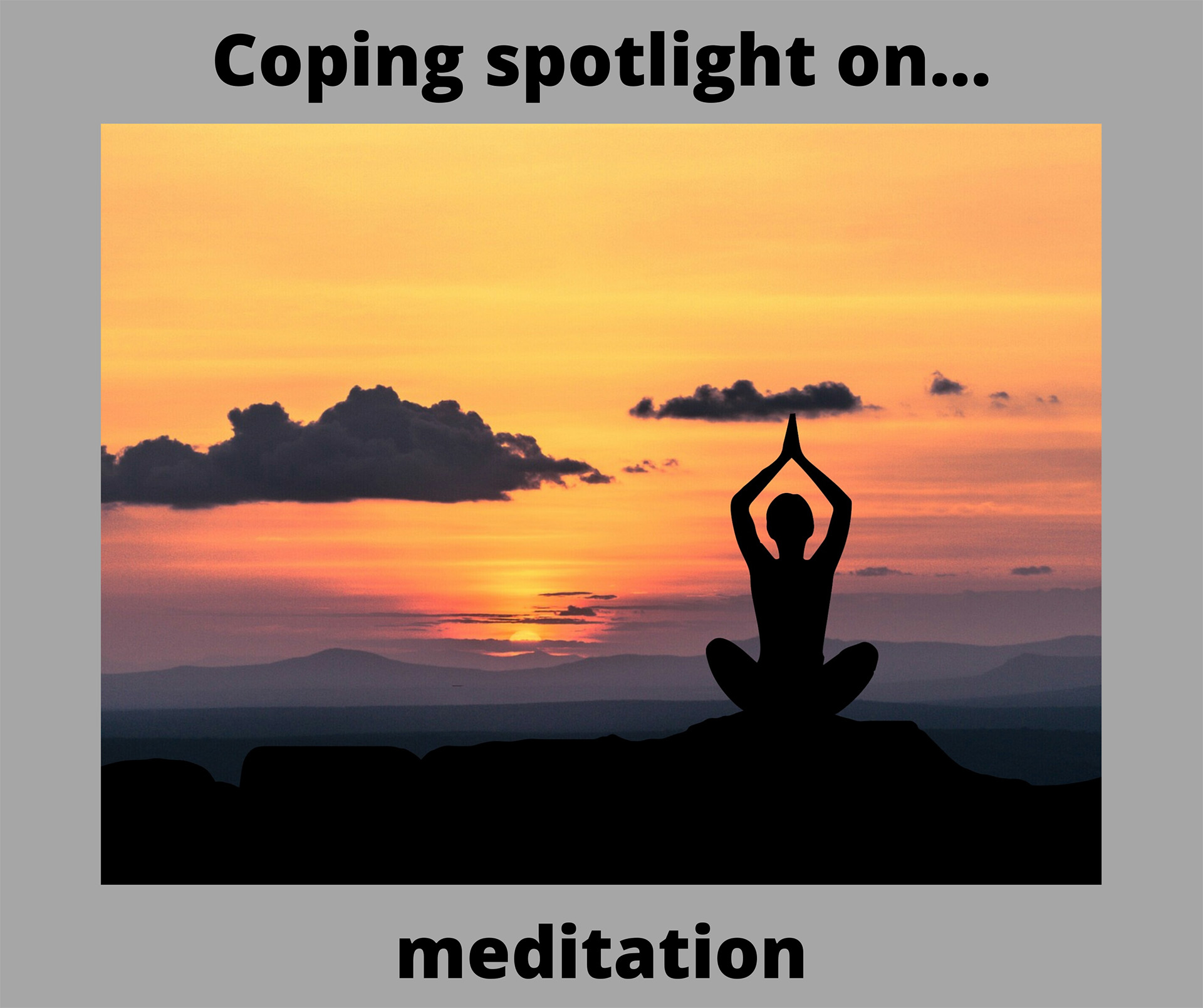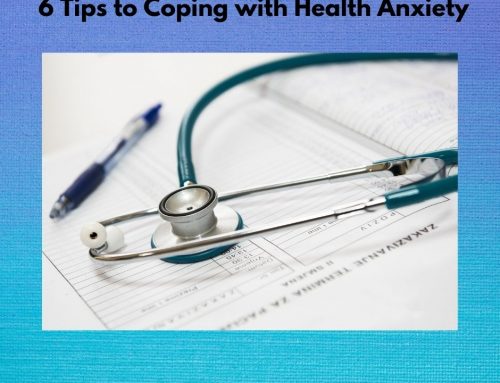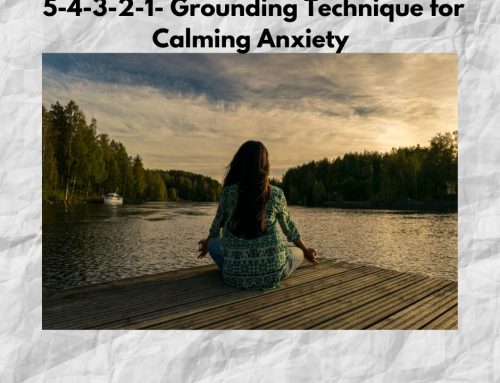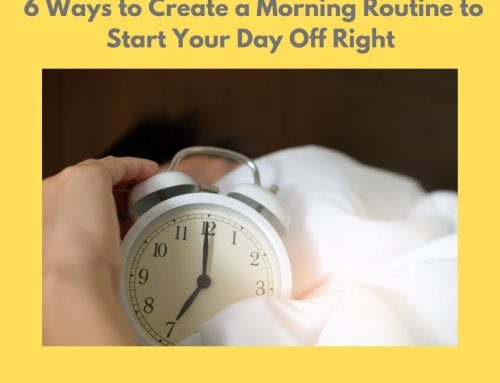For people experiencing anxiety, not only are the symptoms emotional, but they’re physical as well. During anxious moments, there’s so much that goes on in our minds, that it’s hard to focus on anything else. It can be so hard to concentrate when all we’re doing is worrying.
Whenever I find myself worrying, my focus usually goes to worst case scenarios. For example, the older I’ve gotten, the more uncomfortable I’ve become with flying. I remember when I was a little girl, one of my favorite things ever, was that long walk down the tunnel that led to the plane. I usually ran, I was that excited. Now, that walk, seems like the longest walk of my life. My thoughts fill with dread every time I fly. I always have to put on a semi brave face for my kids and the worst thing was, when the kids were younger, they would always fight over who got to sit next to me. Like I was the prize! When all I wanted to do, was to grip the seat, close my eyes and wish for it to be over.
Lucky for me, I’m not the type of person that lets my worries or fears get in my way of living. I’ve become pretty good at putting into place techniques that get me through and make it possible for me to go beyond my comfort zone. I’ve found that whenever I head into my anxious zone and go beyond what makes me comfortable, I usually come out on the other side feeling pretty good. I feel proud, accomplished and pretty excited. Life really does begin on the other side of anxiety. Now, that doesn’t stop me from looking up all of the flying statistics before I fly, but I still get on the plane.
Meditation is one of the techniques that I use to clear away anxious thoughts and not worry so much about the future. It’s a very effective method for relaxation and is one of the best ways to quiet an overactive mind. It helps by focusing your thoughts on a relaxing approach for a sustained period of time. This rests your mind by diverting it from thinking about the problems that have caused it anxiety. It gives your body time to relax and recuperate, as well as clear away toxins that may have built up through stress and mental or physical activity. Meditation keeps you in the present and works at stopping you from dwelling on the past and worrying about the future.
Your thoughts often race, sometimes wildly out of control and many times they are negative. It is not uncommon for you to label your thoughts and think about them in terms of “good” and “bad.” When “bad” thoughts enter your mind, you may find yourself thinking in terms of “what ifs” and “shoulds.” As soon as you start to fight these thoughts, this escalates them and allows them more control over your mind and body. As Psychiatrist Carl Jung said, “What you resist, persists.”
We are living in chaotic times and meditation is known to deactivate the fight-flight-freeze response by relaxing the mind and body. How does it do that? When thoughts enter your mind, meditation trains you to just let the thought go. No overthinking, no analyzing and no ruminating. Acknowledge the thought as just a thought. And let it go.
Meditation is different for everyone and people do it for different reasons. No matter the reason, meditation can provide relief from your feelings of stress, anxiety, fear and worry and can enable you to make changes to how you cope with these feelings.
Meditation is useful when…
- You have been under long term stress
- You have been under short term stress which has caused adrenaline to be released into your bloodstream
- You have been worrying about problems and feeling anxious
- You have been physically active
Relaxing using meditation can have the following effects:
- Slows breathing
- Reduces blood pressure
- Helps muscles to relax
- Reduces anxiety
- Eliminates stressful thoughts
- Helps to clear thinking
- Helps you to focus and concentrate better
- Reduces irritability
- Reduces stress headaches
Meditation Techniques:
The essence of meditation is to focus completely on one thing and slow your thoughts. Meditation is an active process that attempts to exclude all outside thoughts, by concentrating all mental faculties on the subject of meditation.
In all cases, it helps if your body is relaxed. It should be in a position that you can comfortably sustain for a period of time (20-30 minutes). Sitting in a chair or lying on a bed can be effective. Meditation has been shown to reduce anxiety and improve concentration. A number of different types of concentration may be used. The following represent a few types of meditation…
- Breathing:
A useful method may be to focus your attention on your breathing, this is known as a type of mindful meditation. Concentrate on breaths in and out. You can accompany this by counting your breaths using the number 1 to 10. You can visualize health and relaxation flowing into your body when you inhale and stress or pain flowing out when you exhale. Breathing should be slow and deep. Inhale to the count of 10, exhale to the count of 10 and hold for the count of 10.
- Focusing on an object:
Here you try completely focus your attention on an object. Look at it in detail for the entire meditation. Examine the shape, color differences texture, temperature and movement of the object. Objects often used are flowers, candle flames, or flowing designs. However, you can use any object that is helpful to you (clocks, lamps, pictures, mugs…)
- Imagery:
This can be a very refreshing and pleasant way of meditating. Use your imagination to relax. Here you create a mental image of a pleasant and relaxing place in your mind. Involve all of your senses in the imagery: see the place, hear the sounds, smell the aromas, feel the temperature and the movement of the wind. Enjoy the location in your mind. A stress ball can also work well for this type of imagery. Imagine all of your anxiety and stress going into the ball as you inhale and squeeze it; as you release the ball, exhale slowly.
In all cases, it is important to keep your attention focused. If external thoughts or distractions wander in, let them drift out. If necessary, visualize attaching the thoughts to objects and then move the objects out of your attention.
Meditation allows you to learn how to reduce the emotional and physical symptoms that often accompany anxiety. With meditation, you will be able to clear your mind which will enable you to put things into better perspective, thus coping with difficult situations better.









